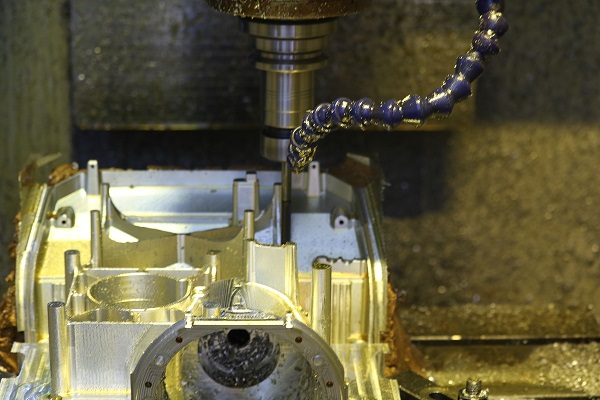Get in touch.
Dear,I will reply in 12 hours. All your message are protected!
Rapid Prototyping Services, Professional manufacturer of CNC Prototyping and 3D Prototyping in China.
CNC (Computer Numerical Control) machining is widely utilized for its precise and efficient material removal capabilities. When it comes to enlarging holes, specific techniques and strategies are crucial to ensure accurate results without compromising the integrity of the workpiece. In this article, we will explore effective techniques and best practices for CNC machining to enlarge holes, providing valuable insights to optimize your machining process and achieve precise and efficient results.

1.CAD Model or Technical Drawing:
Begin with a well-defined CAD (Computer-Aided Design) model or technical drawing that accurately represents the hole to be enlarged. Ensure that the dimensions, tolerances, and desired enlargement specifications are clearly specified. This serves as the foundation for programming and machining the hole accurately.
2.Tool Selection:
Select suitable cutting tools for enlarging holes in CNC. Consider the material being machined, the existing hole diameter, and the desired final diameter when choosing the tool geometry and dimensions. End mills with appropriate sizes and cutting edges, such as drills or reamers, are commonly used for enlarging holes. Ensure the tool is sharp and well-maintained to achieve accurate results.
3.Toolpath Optimization:
Optimize the toolpath to ensure accurate enlargement of the hole. Utilize CAM (Computer-Aided Manufacturing) software features to generate toolpaths that follow the desired contours and dimensions. Consider the material properties, tooling, and desired surface finish when optimizing the toolpath. Minimize sharp changes in cutting direction to reduce vibrations and achieve smoother results.
4.Cutting Parameters:
Optimize cutting parameters for enlarging holes in CNC. Adjust spindle speed, feed rate, and depth of cut based on the material properties, tooling, and desired surface finish. Consider the existing hole material and the desired final diameter when selecting the cutting parameters. Experiment with different combinations to achieve the desired accuracy and efficiency.
5.Fixture Design and Setup:
Ensure proper fixture design and setup to securely hold the workpiece during machining. Consider using clamps, vises, or custom fixtures designed for stability and accuracy. Proper alignment and fixation are crucial to prevent workpiece movement or vibrations that can affect the accuracy of the enlarged hole.
6.Quality Control and Inspection:
Implement a rigorous quality control process to ensure the accuracy and integrity of the enlarged holes. Use precision measuring instruments such as calipers, micrometers, or bore gauges to verify dimensions and tolerances. Regularly calibrate and maintain the measuring equipment for accurate results.
© 2005-2025 Shenzhen Tuowei Model Technologies Co., Ltd. | All Rights Reserved 粤ICP备11096697号